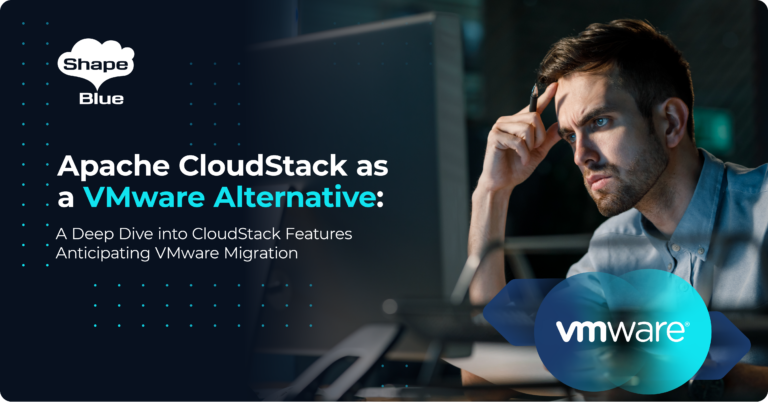CloudStack Collaboration Conference 2023 Event Roundup
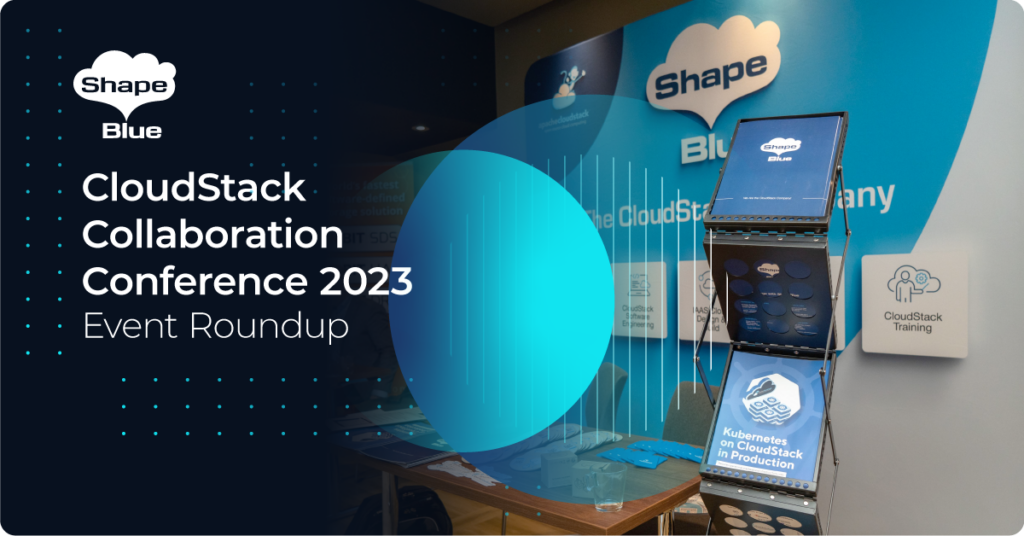
The 2023 edition of the CloudStack Collaboration Conference occurred from November 23rd to 24th, serving as the primary gathering for the global Apache CloudStack community. This annual hybrid event convenes developers, operators, and users with the purpose of discussing and advancing the open-source software, exploring its functionalities, and addressing real-world operability. Attendees gain insights into […]
From Block to Object: Understanding CloudStack’s Storage Support and Capabilities
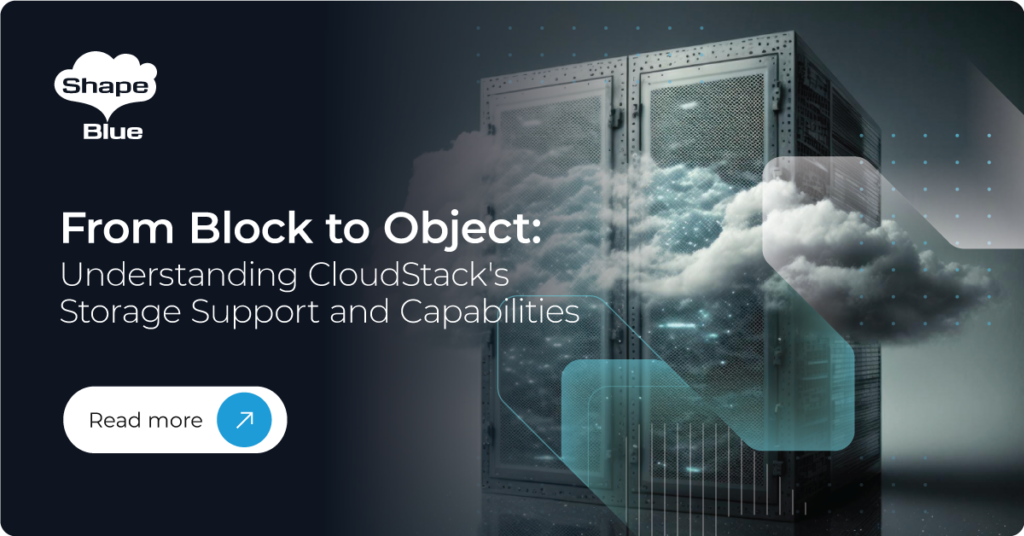
Apache CloudStack is designed to work with a vast range of commodity and enterprise-grade storage platforms. It can also leverage local disks on hypervisor hosts if supported by the hypervisor. CloudStack defines two types of storage: Primary and Secondary. Primary storage can be accessed using iSCSI, FC (Fibre Channel), Local Disk, NFS (Network File System), […]
Building Next-Generation IaaS | Virtual Event Roundup

On October 10th, ShapeBlue, Ampere Computing and LINBIT held a joint virtual event – Building Next-Generation IaaS. The event explored how the synergy between ARM, Apache CloudStack and LINBIT’s storage solutions can achieve a formidable price-to-performance ratio. There were a total of 3 sessions held by speakers from all 3 organisations. Continue reading to learn […]
OpenStack Alternatives
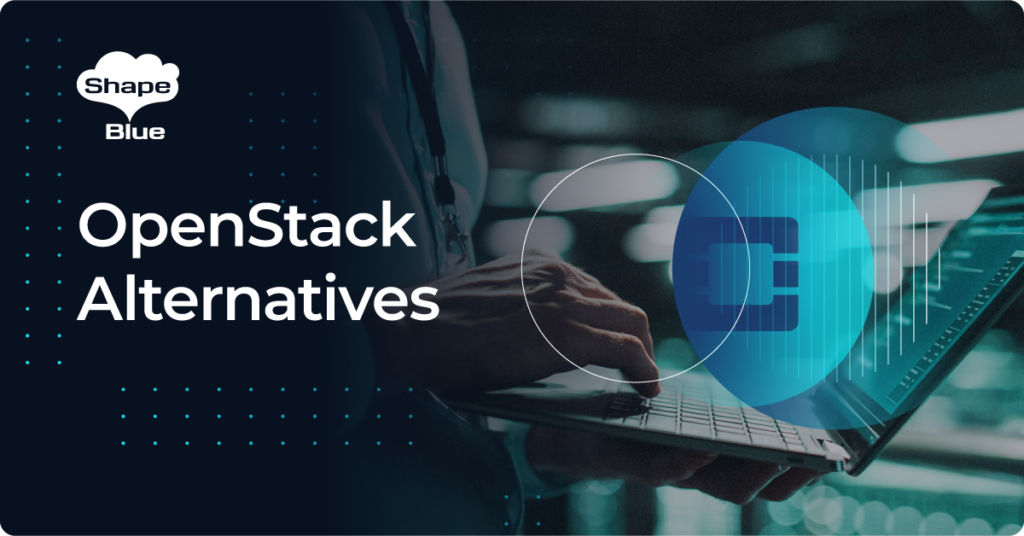
While OpenStack is known for its modularity, enabling tailored deployments, many users face issues regarding complexity, resource intensiveness, stability concerns, and challenging upgrades. As a result, organizations are exploring OpenStack alternatives. This article provides insights into the top alternatives to OpenStack – Apache CloudStack, VMware vCloud, and OpenNebula.
Cloud Service Providers Seek VMware Alternatives as Broadcom Acquisition Looms

Decoupling VMware from the stack accounts for 50% of new CloudStack projects! The Broadcom-VMware deal has created huge uncertainty for many users over the last months. Enterprises may be able to wait to see the final outcome. Still, the service provider space, where margin and long-term product stability are key, is already looking to mitigate […]
Mastering CloudStack with ShapeBlue’s Apache CloudStack Online Bootcamps
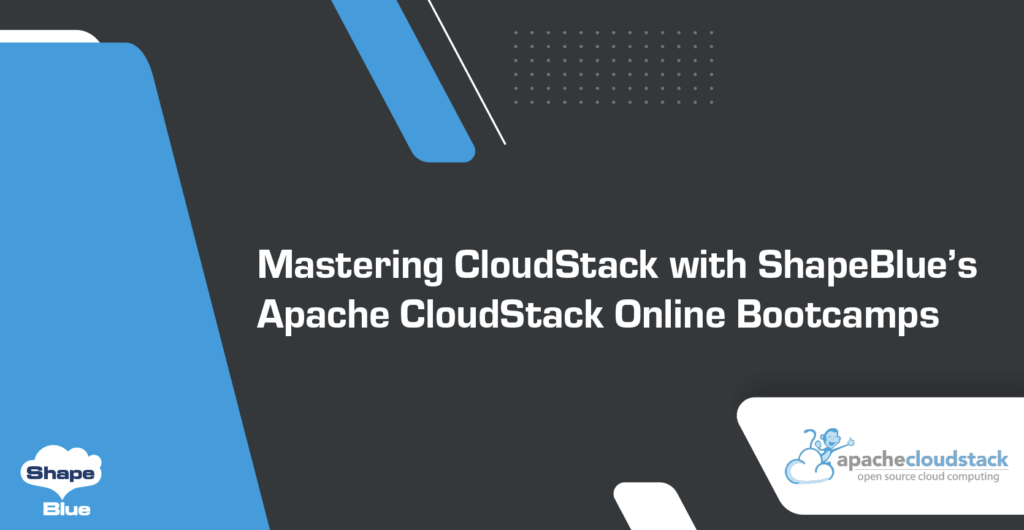
Companies choosing to adopt Apache CloudStack as part of their infrastructure have several options. Either to hire CloudStack professionals to help them by providing support, or to train their own staff. Those choosing the latter option can enrol their employee in our remote bootcamps, which are regularly held throughout the year, rather than doing the […]
Virtual Event- Building Next-Generation IaaS: LINBIT, Apache CloudStack & Ampere
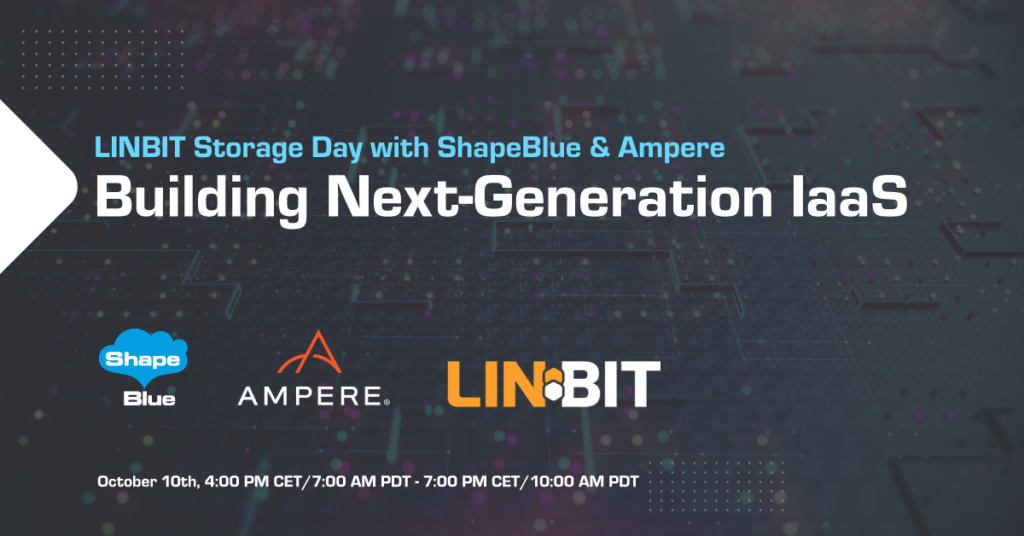
On October 10th, ShapeBlue, together with the leading SDS vendor LINBIT and the first Cloud Native Processor supplier – Ampere, are hosting a 1-day virtual event, which will delve into how IaaS providers can build a super-fast and reliable infrastructure while ensuring cost efficiency and reducing carbon footprints. In today’s economy, where staying competitive is […]
Unlocking Cost Efficiency: 69% Licensing and Support Savings with CloudStack and KVM-based Cloud vs. VMware vCloud
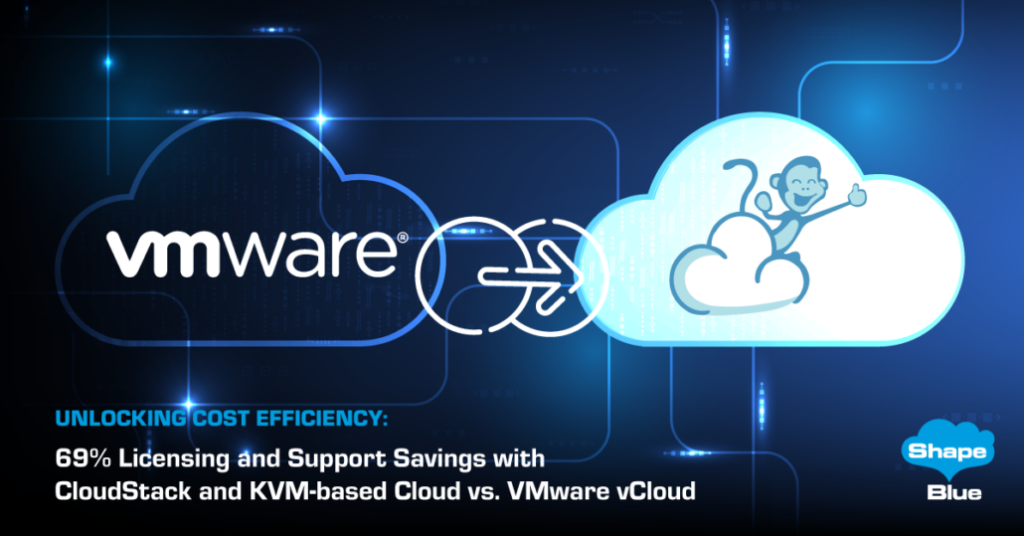
ShapeBlue conducted a comprehensive cost analysis to assist CTOs in making informed decisions for their IT infrastructure. We compared the costs of running a cloud using VMware vCloud with those of implementing an open-source solution with CloudStack and KVM-based Cloud. The comparison is based on a hypothetical use case with specific technical requirements and operational […]
Auto Enable / Disable KVM Hosts | CloudStack Feature First Look
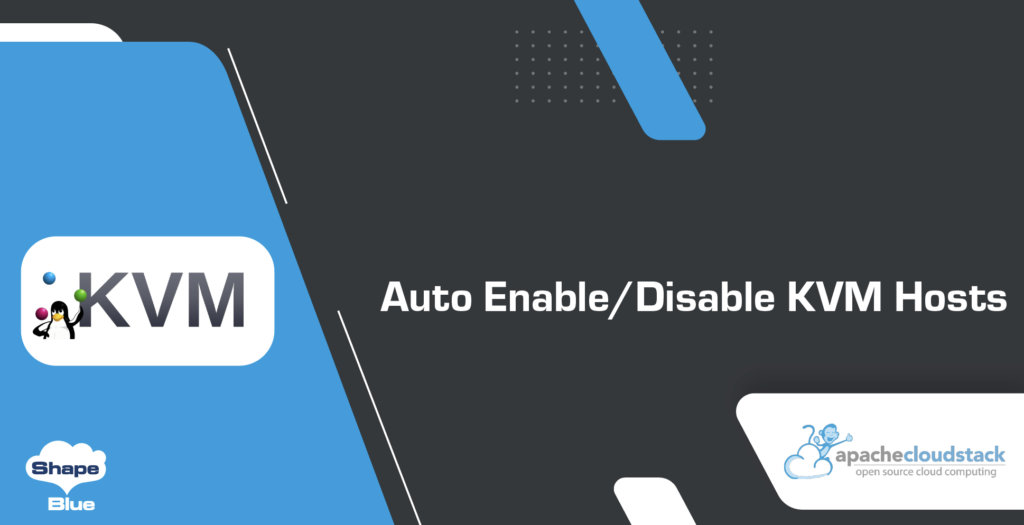
Introduction This feature introduces the capability to automatically disable KVM hosts when a customizable health check fails, and automatically re-enable them when the health check subsequently succeeds. This ensures that existing Hosts remain stable and operational, and new Instances will not be deployed on disabled Hosts (existing Instances running on disabled or auto-disabled hosts are […]
How-to-Guide: Migrating to Apache CloudStack from Rovius/CloudPlatform
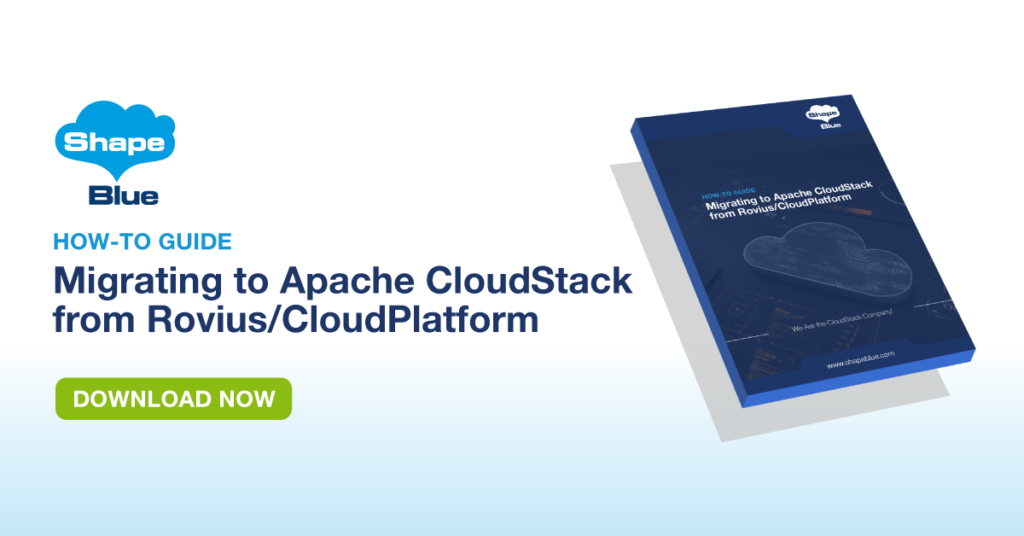
In recent years, we’ve seen many companies upgrading from Accelerite Cloud Platform (Rovius) and its predecessor Citrix CloudPlatform (which were both single-vendor, commercial products based on Apache CloudStack) to Apache CloudStack itself. Some of the drivers behind their decision are the product stability that a large, global open-source community brings to avoid vendor lock-in and […]


